Python modules list
Python modules list
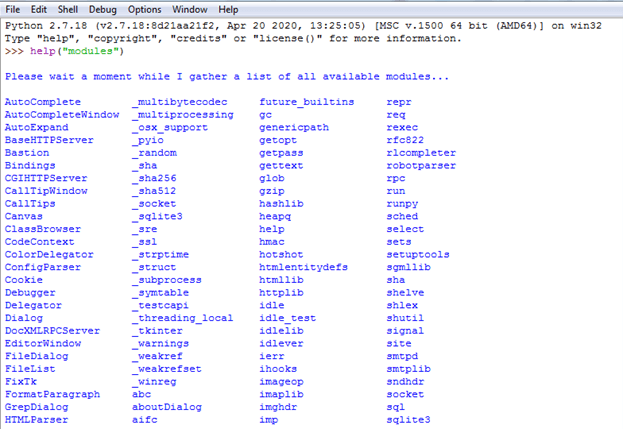
I'd be happy to provide a comprehensive list of popular Python modules!
1. Requests: A simple HTTP library that allows you to send HTTP requests and parse the responses.
2. NumPy: The fundamental package for scientific computing with Python, providing support for large, multi-dimensional arrays and matrices.
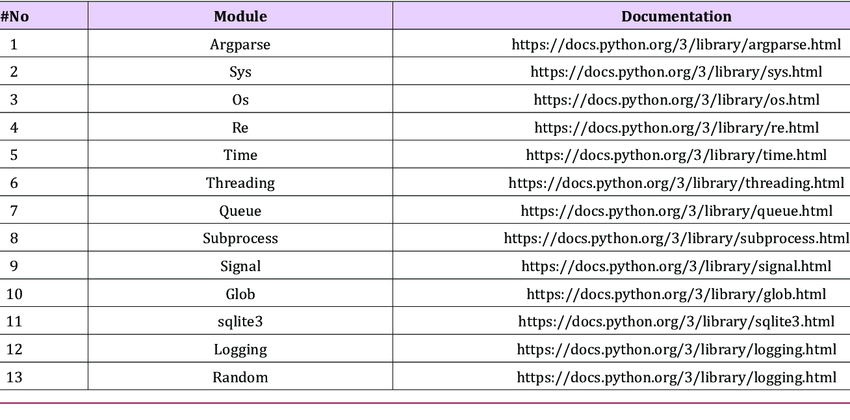
3. Pandas: A fast, powerful, flexible and easy to use open-source data analysis toolkit designed to make it simple for you to do quick or complex data manipulation, analysis, and visualization tasks.
4. Scikit-learn: A machine learning library that provides a wide range of algorithms for classification, regression, clustering, etc., including model selection, data preprocessing, feature selection, etc.
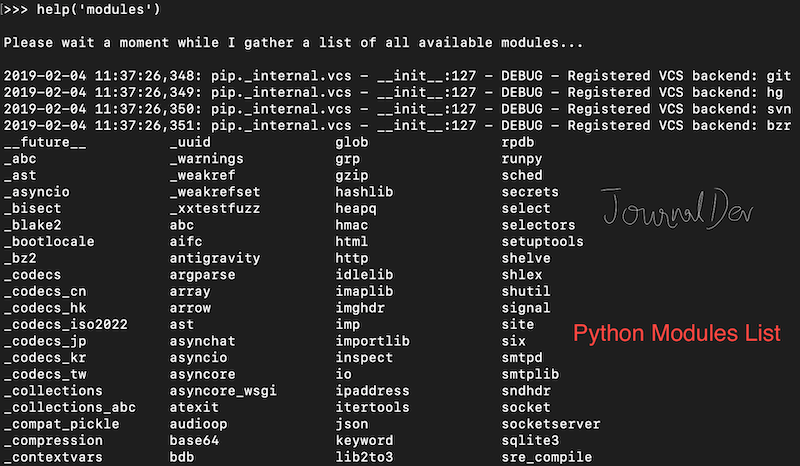
5. Matplotlib: A plotting library that provides a comprehensive set of tools for creating high-quality 2D and 3D plots.
6. SciPy: A scientific computing library that contains modules for optimization, linear algebra, integration, interpolation, special functions, FFT, random number generation, signal processing, statistics, and more.
7. OpenCV: A computer vision library that provides a comprehensive set of tools for image and video processing.
8. Flask: A micro web framework that allows you to build web applications with minimal effort and code.
9. Django: A high-level Python Web framework that enables rapid development of secure, maintainable websites.
10. SQLAlchemy: A SQL toolkit that provides a comprehensive set of tools for database operations.
11. Statsmodels: An econometric library that provides statistical analysis and modeling capabilities.
12. Scrapy: A web scraping library that allows you to extract data from websites using an efficient, easy-to-use framework.
13. BeautifulSoup: A HTML parser library that allows you to navigate and search through the contents of a website.
14. Pygame: A game development library that provides a comprehensive set of tools for creating games with Python.
15. Pillow: An image processing library that provides a comprehensive set of tools for opening, manipulating, and saving various types of images.
16. Tornado: A web framework that allows you to build scalable and efficient web applications using asynchronous programming.
17. NLTK: A natural language processing library that provides a comprehensive set of tools for text processing, tokenization, part-of-speech tagging, named entity recognition, and more.
18. spaCy: A modern NLP library that provides high-performance, streamlined processing of text data.
19. PyTorch: A deep learning library that provides a dynamic computation graph, automatic differentiation, and is particularly well-suited for rapid prototyping, research, and production.
20. Keras: A deep learning library that provides an easy-to-use API for building neural networks with Python.
This list is by no means exhaustive, but it should give you a good starting point for exploring the many amazing libraries available in the Python ecosystem!
How do I import all from a module in Python?
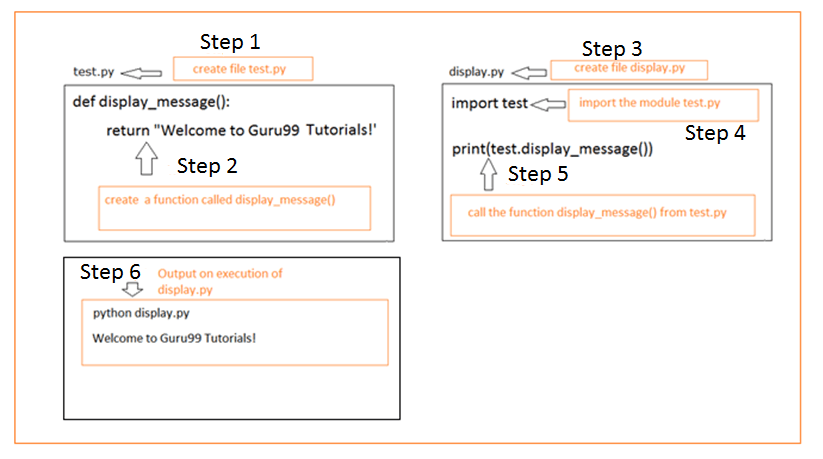
I'd be happy to help you with that.
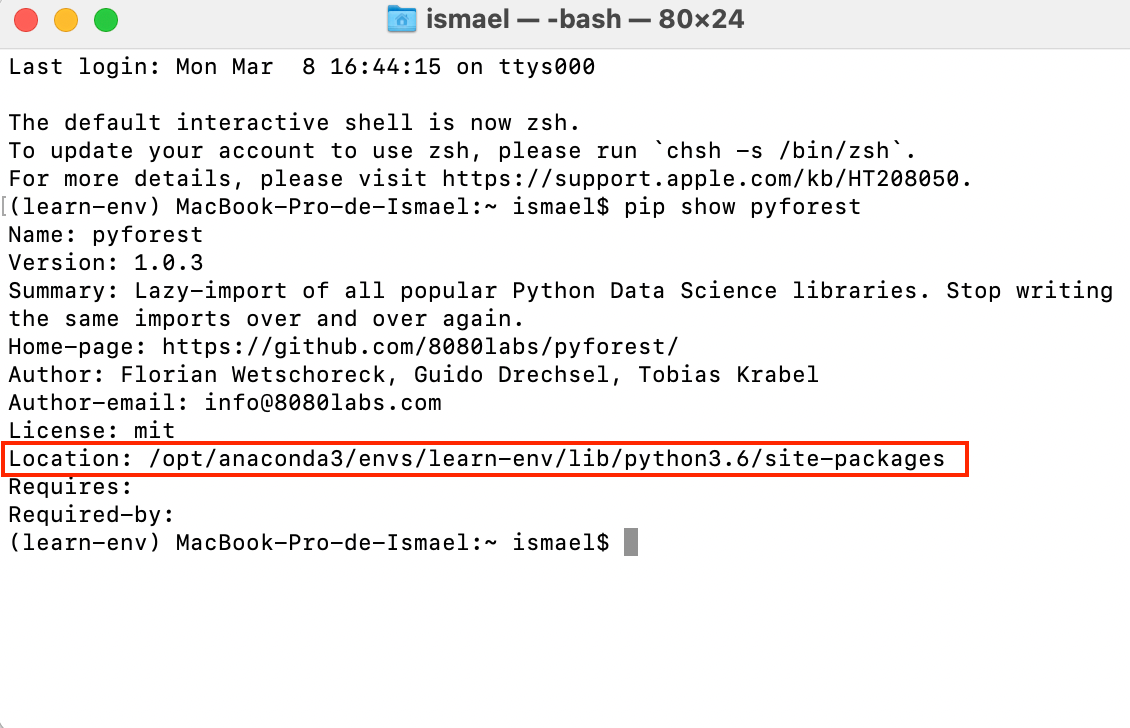
In Python, there are several ways to import all functions, classes, or variables from a module. Here are some common methods:
From theimport statement: You can use the from keyword followed by the module name and the asterisk (*) symbol. This will import all names defined in the module.
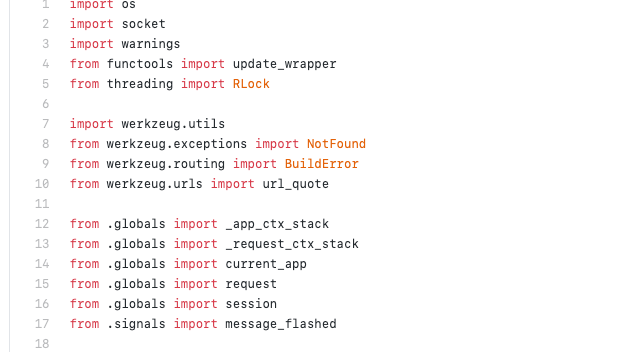
Example:
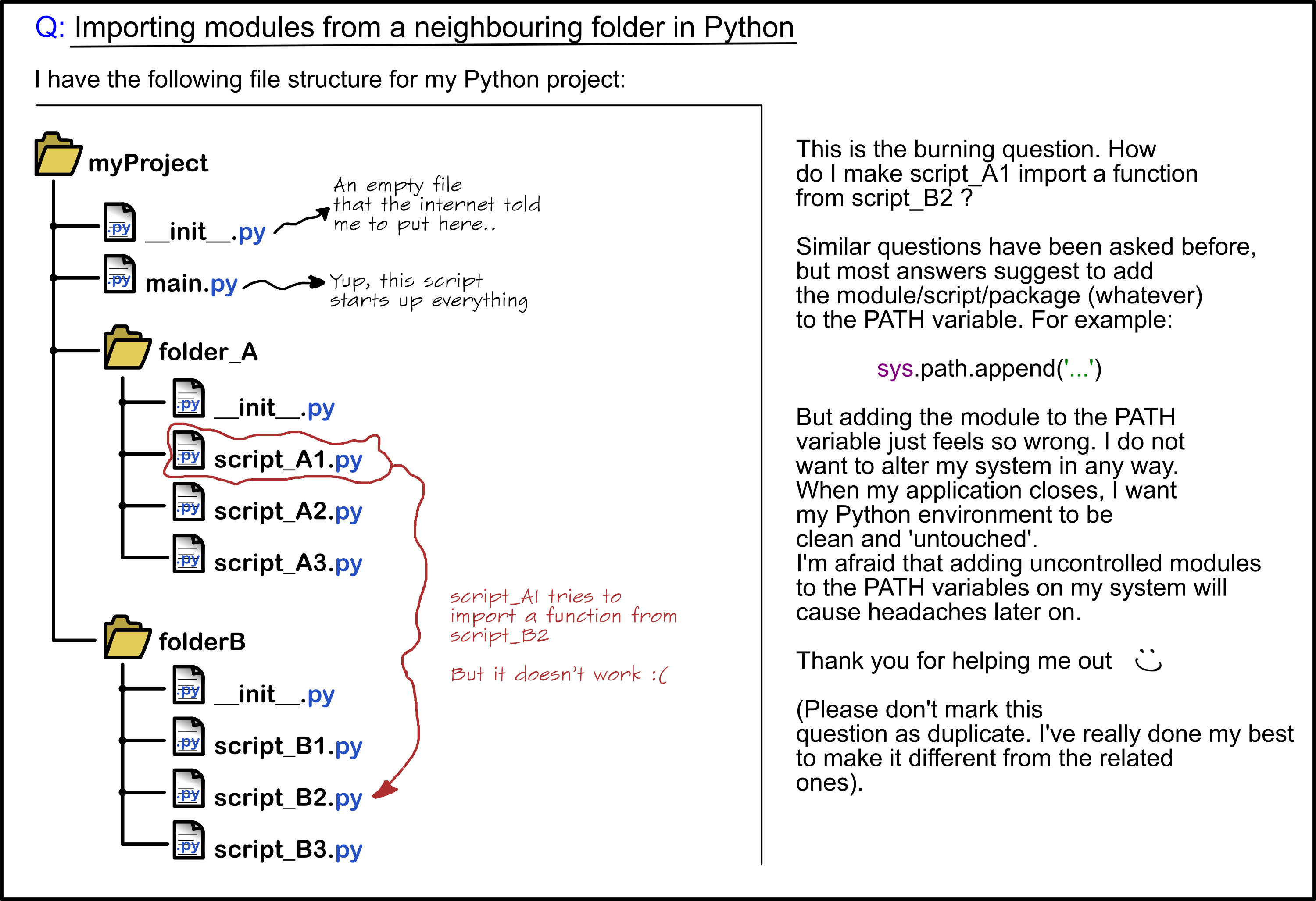
from mymodule import *
This is a good method if you're working with a module that has many useful functions or classes and you want to use them all directly.
Theimport * statement: This method is similar to the first one, but it imports all names from the module as local names in your current scope.
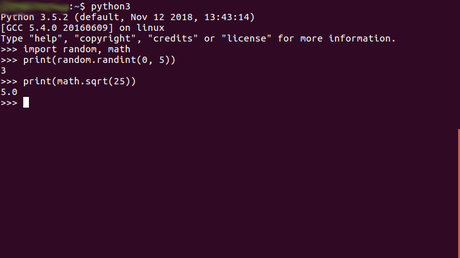
Example:
import *
from ... import * statement: Similar to the previous one, this method also imports all names from a module as local names in your current scope, but you can specify the module name separately.
Example:
from mymodule import *
However, it is generally considered good practice to only import what you actually need. This makes your code easier to understand and maintain. If you're working on a large project or with many modules, having lots of unnecessary imports can make things confusing.
A better approach might be to explicitly import the specific functions, classes, or variables you want to use from each module, like this:
import mymodule
This way, you only bring in what you need, and your code is easier to understand and maintain.





























